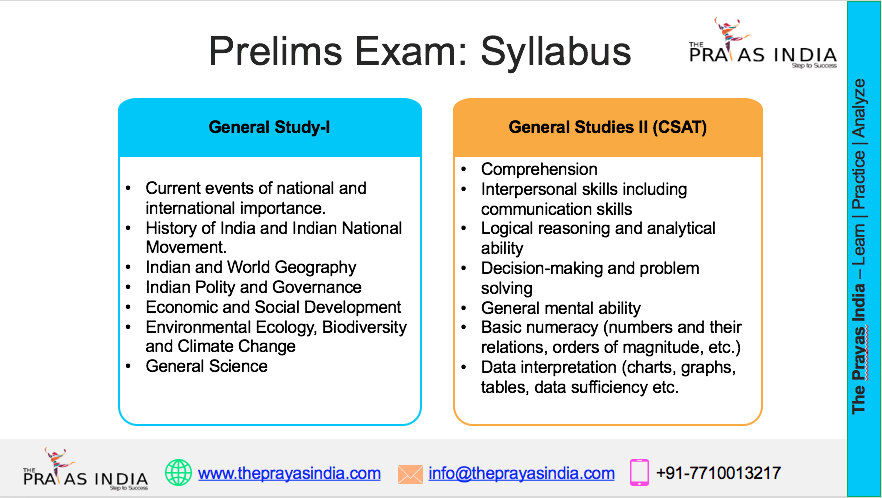India’s Fully Digital Census 2027: Revolutionizing Population Data Collection
The Census of India 2027 is set to be a historic transformation in the way population data is collected and analyzed. For the first time ever, India will conduct a fully digital Census, leveraging the power of personal smartphones used by nearly 34 lakh enumerators across the country. This breakthrough initiative aims to ensure faster, more reliable, and highly accurate data by eliminating paper-based processes at the source.
Digital Data Collection Through Mobile Applications
Enumerators will record household and demographic data using dedicated mobile applications on their own smartphones—a move that significantly reduces the need for additional hardware investment. These applications, initially developed for the 2021 Census, have been enhanced to fully align with modern mobile technologies and will function smoothly on both Android and iOS platforms. The apps support multiple languages, including English, Hindi, and various regional dialects, making data input accessible and user-friendly.
In cases where data collection encounters issues and is done on paper, it will be entered later into a centralized web portal, eliminating duplication or the need for scanning. This digitisation at source strategy ensures the integrity of the data and accelerates the entire Census process.
Phases and Language Accessibility
The Census will be conducted in two key phases:
- Houselisting Operation: Running from April to September 2026, this phase involves detailing the physical characteristics of every residential and non-residential building.
- Population Enumeration: Scheduled for February 2027 in most states, except Ladakh, Jammu & Kashmir, Himachal Pradesh, and Uttarakhand, where it begins in September 2026.
The mobile apps and web portals will support English, Hindi, and regional languages, underlining the government’s commitment to inclusiveness. Moreover, citizens will have the unique option to self-enumerate through a dedicated online portal, embracing digital convenience.
Geo-Tagging and Digital Mapping Innovation
A pioneering feature of the 2027 Census will be the geo-tagging of all buildings—both residential and non-residential. Enumerators will use Digital Layout Mapping (DLM) systems to assign unique latitude-longitude coordinates to every structure, which will be linked with Houselisting Blocks (HLBs) on a Geographic Information System (GIS) map.
This innovation will dramatically improve the accuracy of spatial data and enable sophisticated geographical and demographic analysis that was not possible before. The geo-tagging capability empowers planners, researchers, and policymakers with detailed location-based insights to drive targeted socio-economic development.
Real-Time Monitoring and Efficient Governance
To streamline the Census operations, the Registrar General of India (RGI), under the Ministry of Home Affairs, is developing a dedicated real-time monitoring website. This platform will enable instant tracking of progress, manage enumerator activity, and facilitate timely interventions to ensure seamless execution.
The Government of India has allocated a robust budget of Rs 14,618.95 crore for this monumental exercise, emphasizing its critical importance in national planning. While the 2011 Socio-Economic Caste Census had utilized electronic devices supplied by Bharat Electronics Limited, the 2027 Census takes a bold leap forward by empowering enumerators to use their personal smartphones and providing a convenient option for self-enumeration.




![Prayas-तेजस [UPSC CSE Sociology Optional] – Online & Offline](https://theprayasindia.com/wp-content/uploads/2025/09/Prayas-तेजस-UPSC-CSE-Optional-Subject-The-Prayas-India-300x300.png)
![Prayas-सूत्र [UPSC CSE Materials (Hardcopy)]](https://theprayasindia.com/wp-content/uploads/2025/09/Prayas-सूत्र-UPSC-CSE-Study-Materials-Hardcopy-The-Prayas-India-300x300.png)
![Prayas-मंत्रा [UPSC CSE CSAT]](https://theprayasindia.com/wp-content/uploads/2025/09/Prayas-मंत्रा-UPSC-CSE-CSAT-The-Prayas-India-300x300.png)
![Prayas सारथी [UPSC CSE One on One Mentorship]](https://theprayasindia.com/wp-content/uploads/2025/09/Prayas-सारथी-UPSC-CSE-One-on-One-Mentorship-The-Prayas-India-300x300.png)










